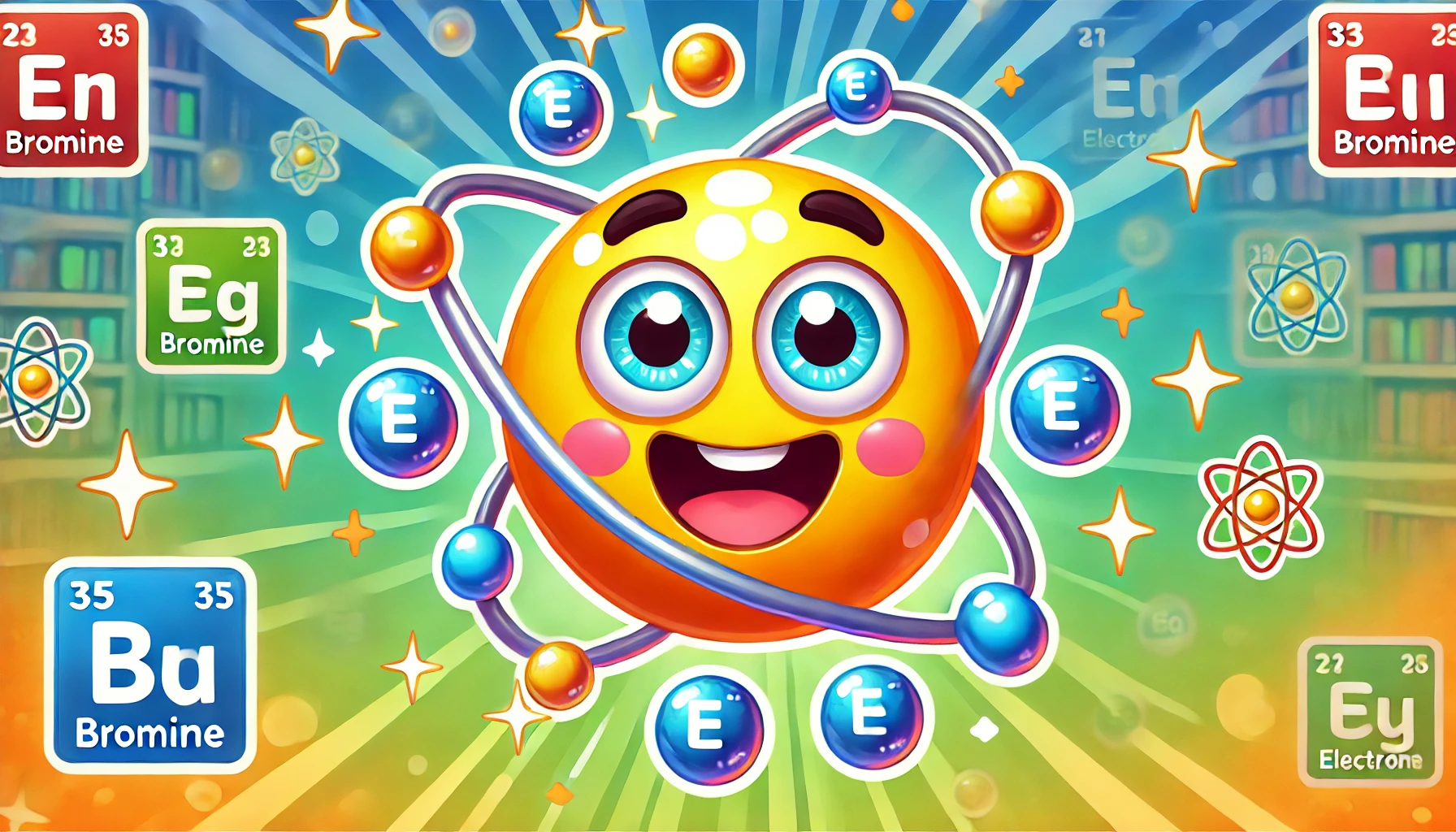Understanding Bromine: Properties, Uses, Health Risks, and Safety
Understanding Bromine: Properties, Uses, Health Risks, and Safety
Table of Contents
- Introduction to Bromine
- Properties of Bromine
- Uses of Bromine
- Health Risks of Bromine Exposure
- Safety Measures for Handling Bromine
- Environmental Impact of Bromine
- Conclusion
- References
Understanding Bromine: Properties, Uses, Health Risks, and Safety
Introduction to Bromine Bromine is a chemical element with the symbol Br and atomic number 35. It is a member of the halogen group and is known for its wide range of applications in industry and chemistry. This article explores the properties, uses, health risks, and safety measures associated with bromine, providing essential information for understanding and handling this element safely.
Properties of Bromine Bromine is a unique element with several notable physical and chemical properties.
Physical Properties
- Appearance: Bromine is a reddish-brown liquid at room temperature, the only non-metallic element that is liquid under standard conditions.
- Density: The density of bromine is 3.1028 g/cm³.
- Melting Point: Bromine melts at -7.2°C (19°F).
- Boiling Point: The boiling point of bromine is 58.8°C (137.8°F).
Chemical Properties
- Reactivity: Bromine is highly reactive and can form compounds with many elements. It is less reactive than chlorine but more reactive than iodine.
- Compounds: Bromine forms various compounds, including bromides (salts with bromine ions) and organobromine compounds used in industrial applications.
Uses of Bromine Bromine has a wide range of applications across different industries due to its versatile properties.
Industrial Uses
- Flame Retardants: Bromine is used in the production of flame retardants for furniture, electronics, and textiles to reduce flammability.
- Water Treatment: Bromine compounds are used in water treatment for swimming pools and hot tubs as disinfectants.
- Pesticides: Bromine is used in agricultural chemicals to control pests and fungi.
- Pharmaceuticals: Bromine is an ingredient in various medications and antiseptics.
- Dyes and Pigments: Bromine is used in the manufacturing of certain dyes and pigments.
Chemical Applications
- Drilling Fluids: Bromine compounds are used in oil and gas drilling fluids to stabilize the borehole and control pressure.
- Organic Synthesis: Bromine is used in the synthesis of organic compounds, including pharmaceuticals and agrochemicals.
Health Risks of Bromine Exposure Bromine exposure can pose several health risks, particularly with prolonged or high-level exposure.
Acute Exposure
- Inhalation: Inhaling bromine vapors can cause respiratory irritation, coughing, and difficulty breathing.
- Skin Contact: Bromine can cause skin irritation, redness, and burns upon contact.
- Eye Contact: Exposure to bromine vapors or liquid can cause severe eye irritation and damage.
Chronic Exposure
- Respiratory Issues: Long-term exposure to bromine can lead to chronic respiratory problems, including bronchitis and lung damage.
- Neurological Effects: High levels of bromine exposure can affect the central nervous system, causing symptoms such as headaches, dizziness, and tremors.
- Endocrine Disruption: Bromine compounds can interfere with thyroid function, leading to hormonal imbalances.
Safety Measures for Handling Bromine Proper safety measures are essential to minimize the risks associated with bromine exposure.
Personal Protective Equipment (PPE)
- Gloves: Wear chemical-resistant gloves to protect the skin from bromine contact.
- Goggles: Use safety goggles or face shields to protect the eyes.
- Respirators: Wear appropriate respirators to prevent inhalation of bromine vapors in areas with poor ventilation.
Handling and Storage
- Ventilation: Ensure good ventilation in areas where bromine is used or stored to reduce vapor concentration.
- Storage: Store bromine in tightly sealed containers made of compatible materials such as glass or certain plastics. Keep containers in a cool, well-ventilated area away from incompatible substances.
- Spill Management: Have spill containment and neutralization procedures in place. Use absorbent materials and neutralizing agents to clean up spills safely.
First Aid Measures
- Inhalation: Move the affected person to fresh air immediately. Seek medical attention if symptoms persist.
- Skin Contact: Rinse the affected area with plenty of water for at least 15 minutes. Remove contaminated clothing. Seek medical attention if irritation persists.
- Eye Contact: Rinse the eyes with water for at least 15 minutes, lifting eyelids to ensure thorough flushing. Seek immediate medical attention.
Environmental Impact of Bromine Bromine and its compounds can have significant environmental impacts if not managed properly.
Water Pollution
- Aquatic Toxicity: Bromine compounds can be toxic to aquatic life. Proper disposal and treatment of bromine-containing waste are crucial to prevent water pollution.
- Bioaccumulation: Some bromine compounds can accumulate in the tissues of marine organisms, posing risks to the food chain.
Atmospheric Impact
- Ozone Depletion: Certain organobromine compounds, such as Halons used in fire extinguishers, contribute to ozone layer depletion. Alternatives with less environmental impact are being developed and used.
Soil Contamination
- Pesticides: Bromine-based pesticides can lead to soil contamination. Using safer alternatives and implementing integrated pest management practices can reduce this risk.
Conclusion Understanding bromine, its uses, health risks, and safety measures is essential for handling this element responsibly. By following proper safety protocols and being aware of its environmental impact, individuals and industries can minimize the risks associated with bromine and utilize its benefits effectively.

<ⓒ WizardMedics (wizardmedics.com)>


